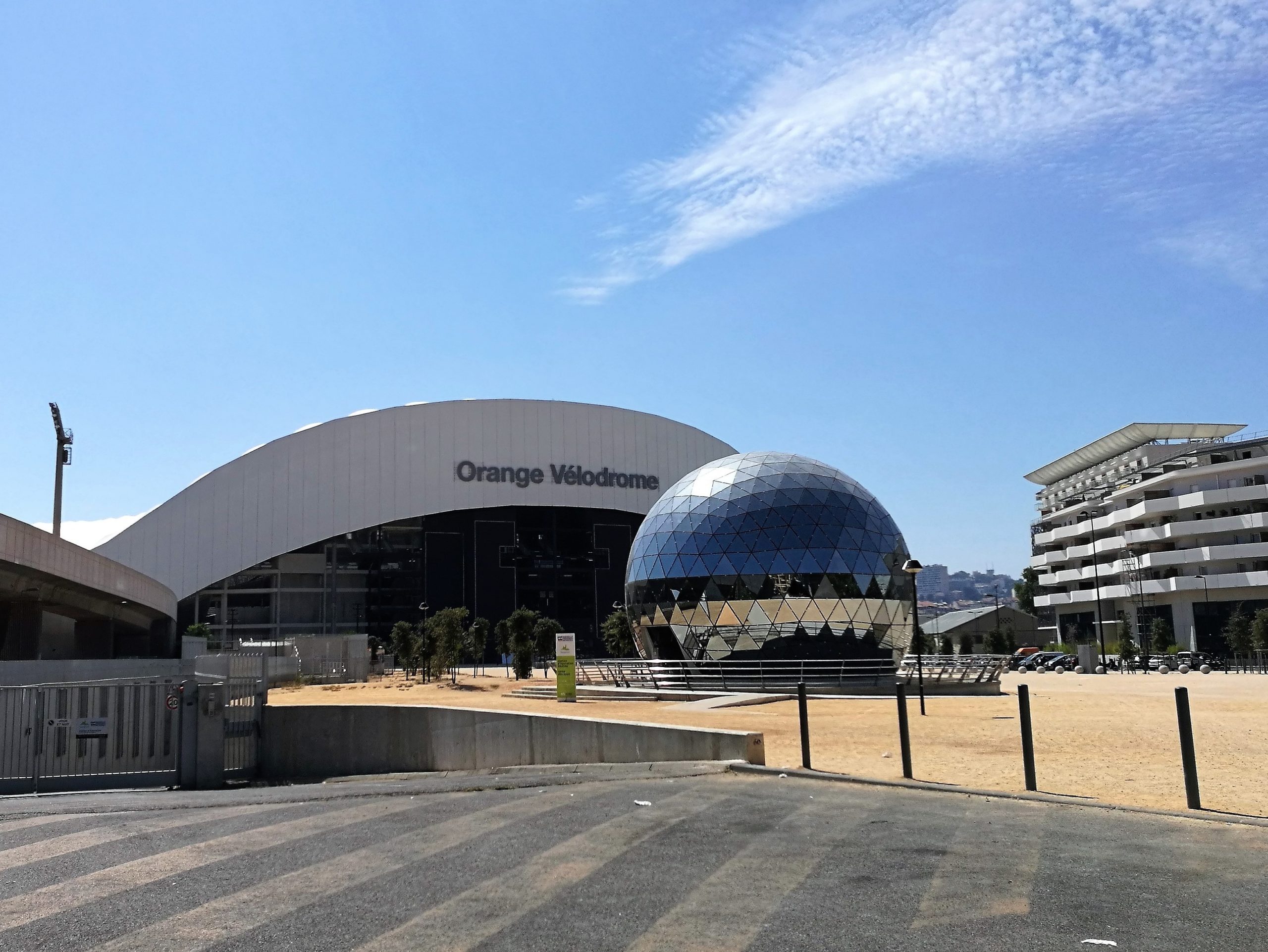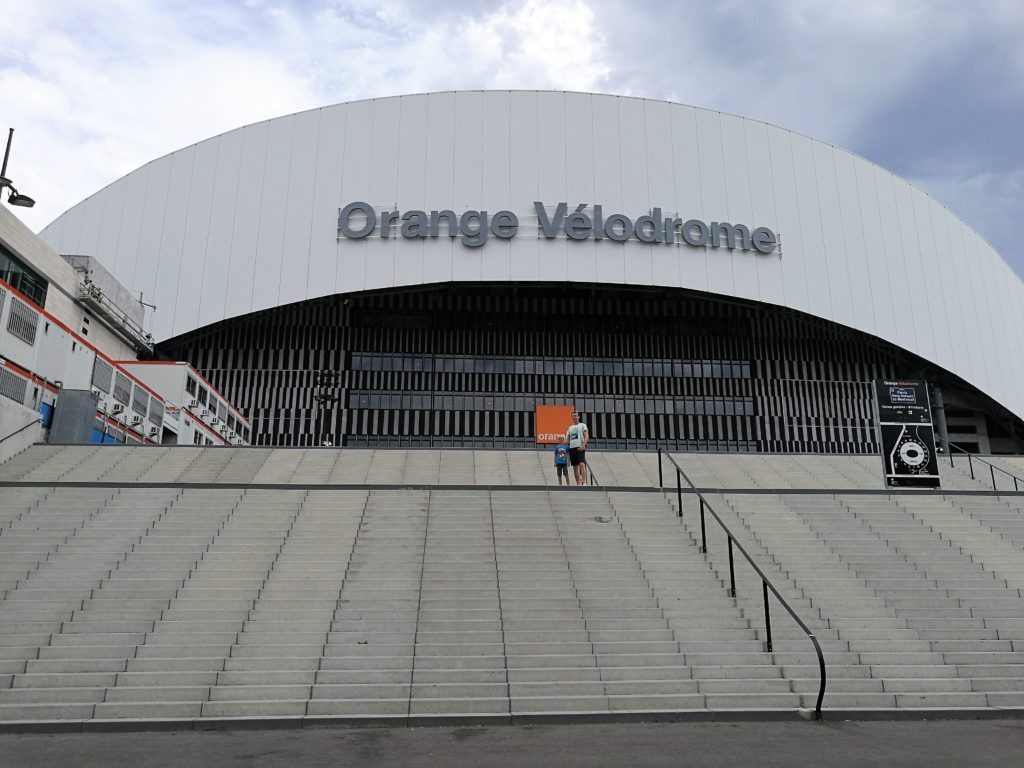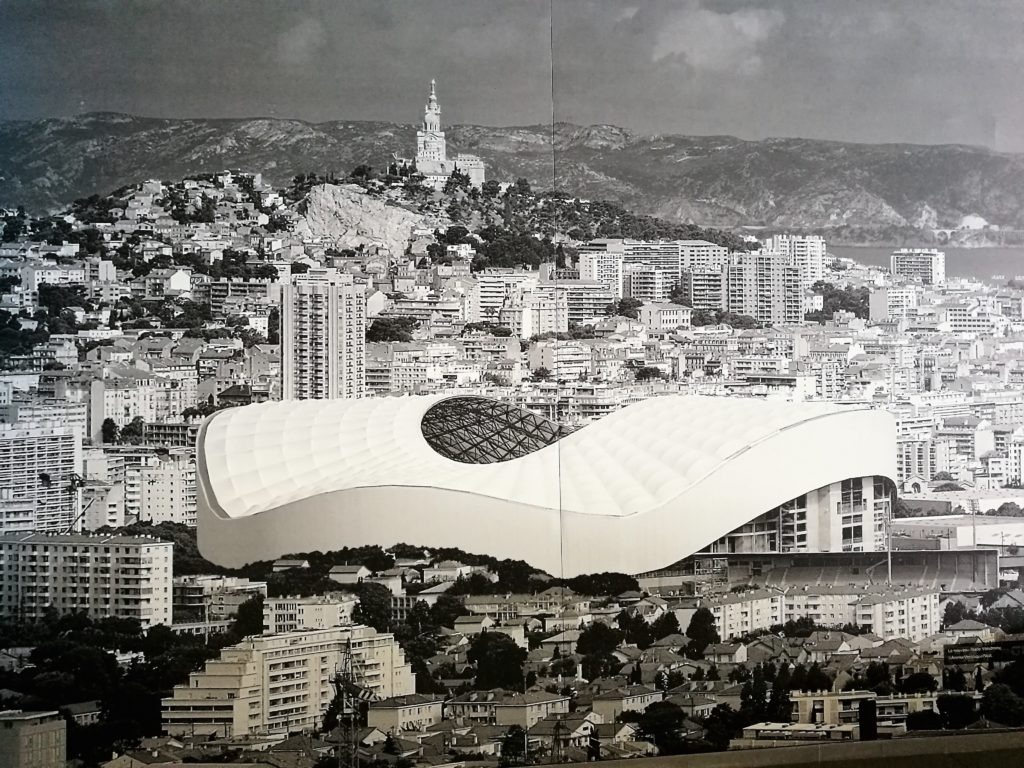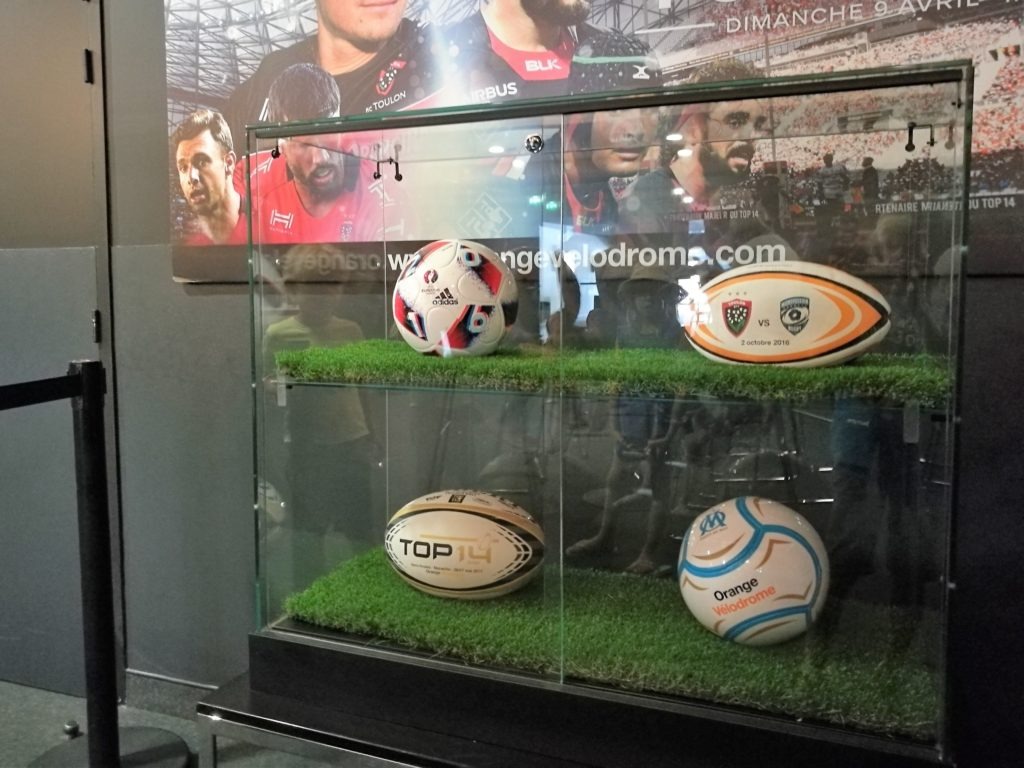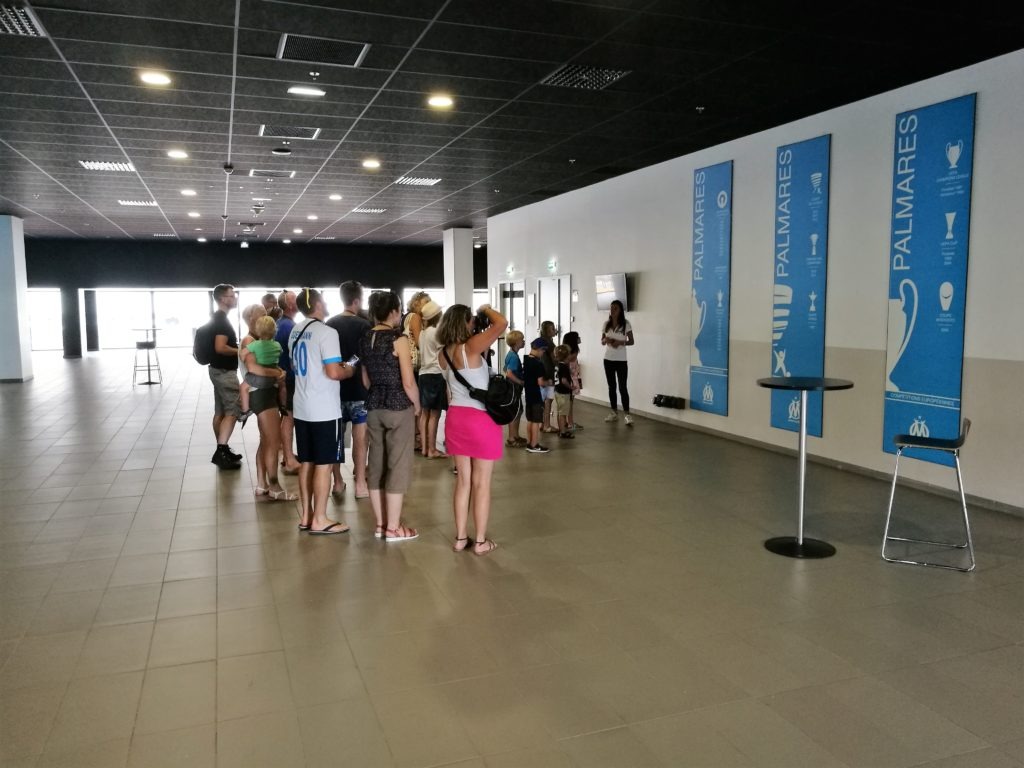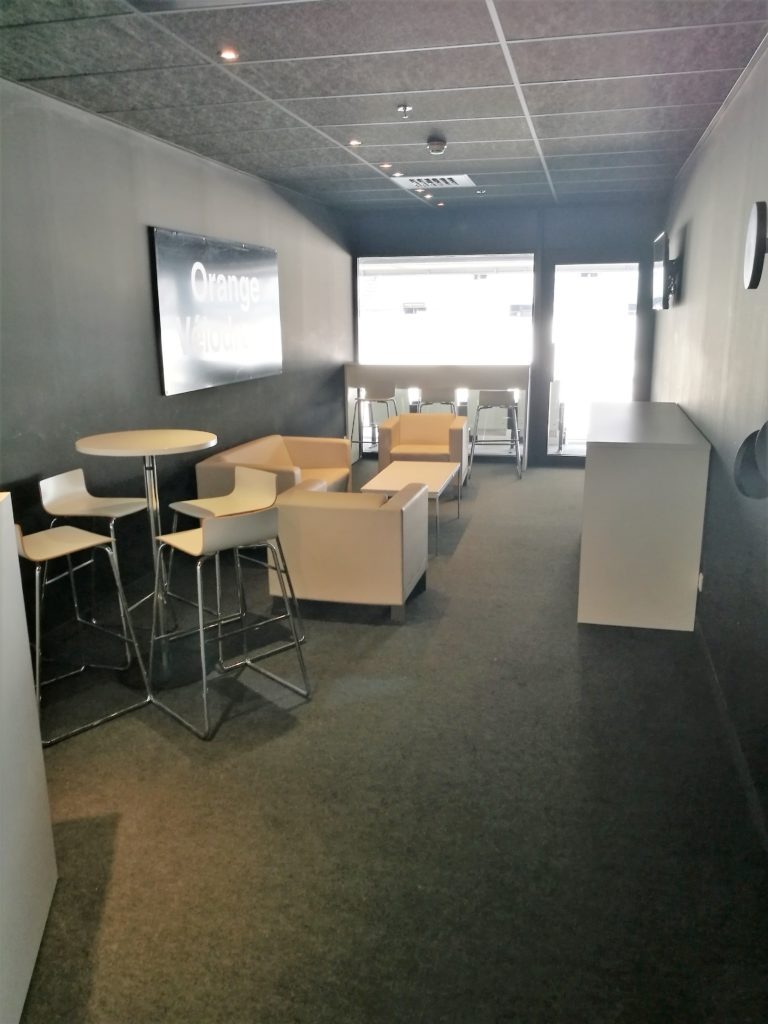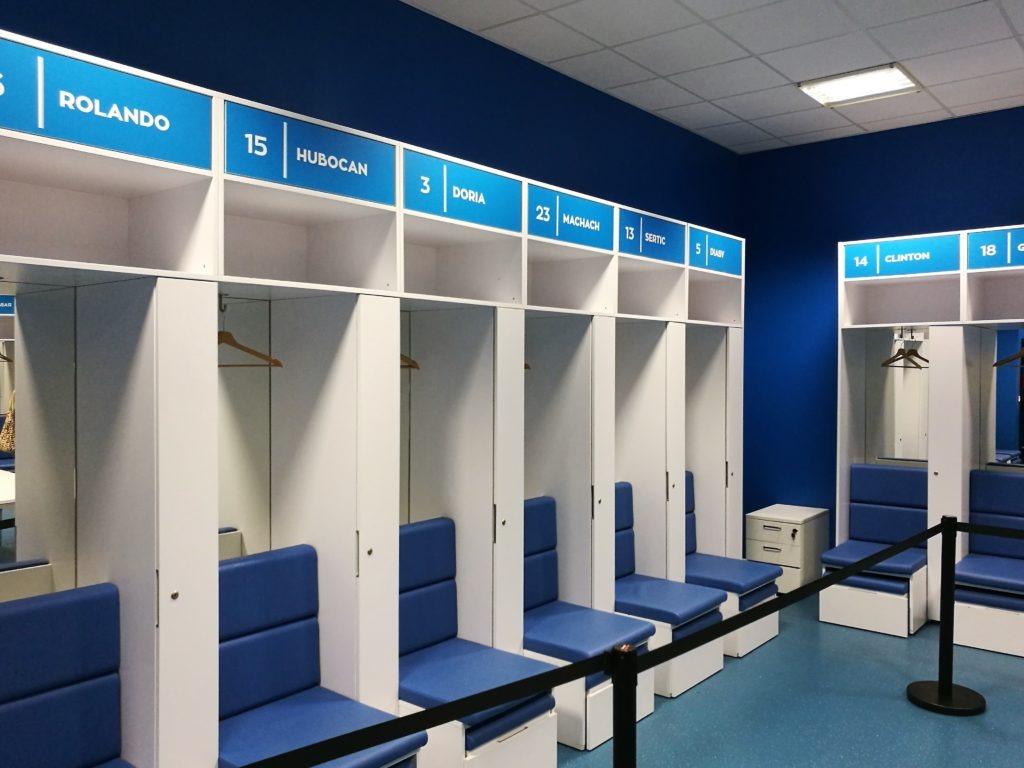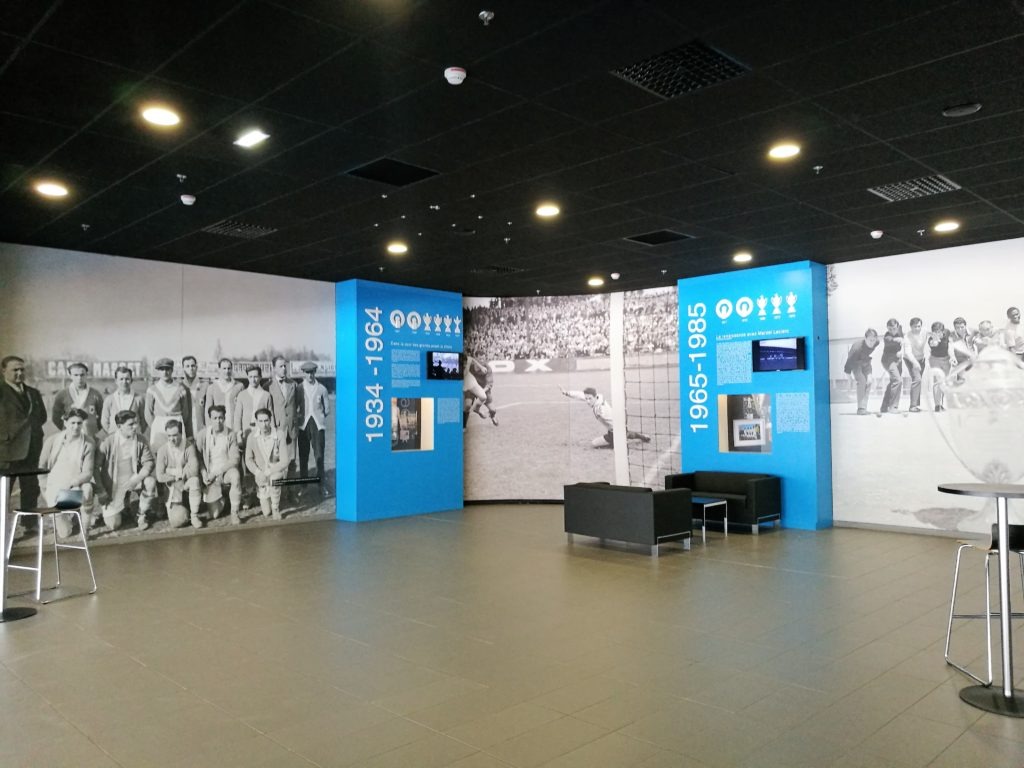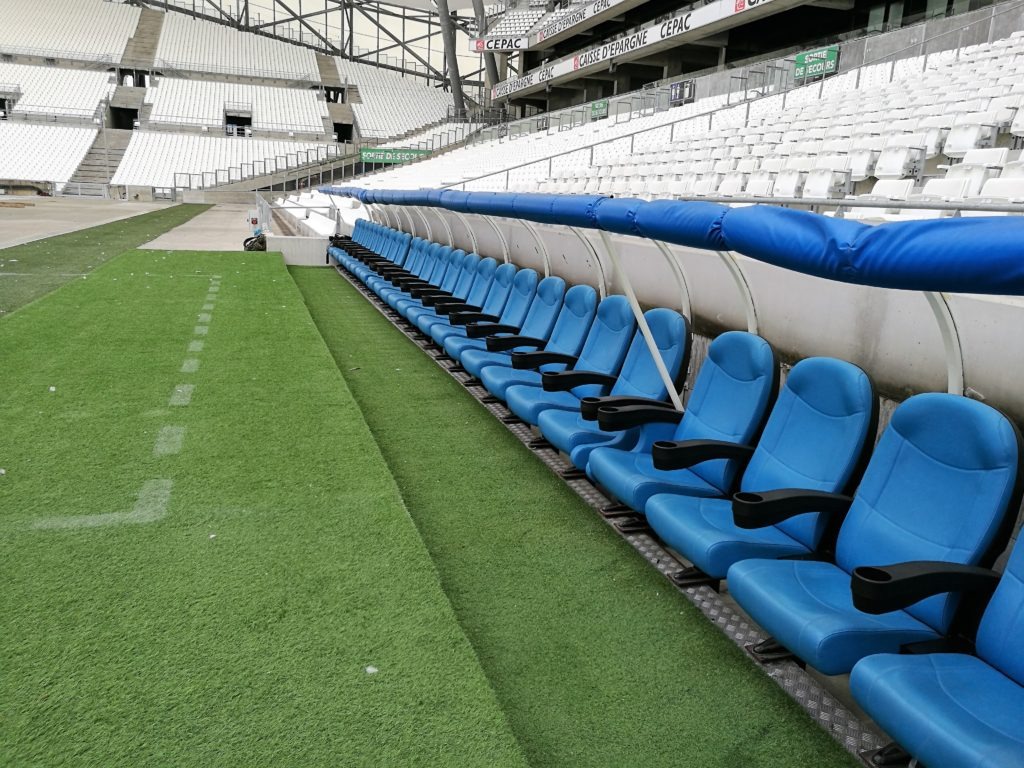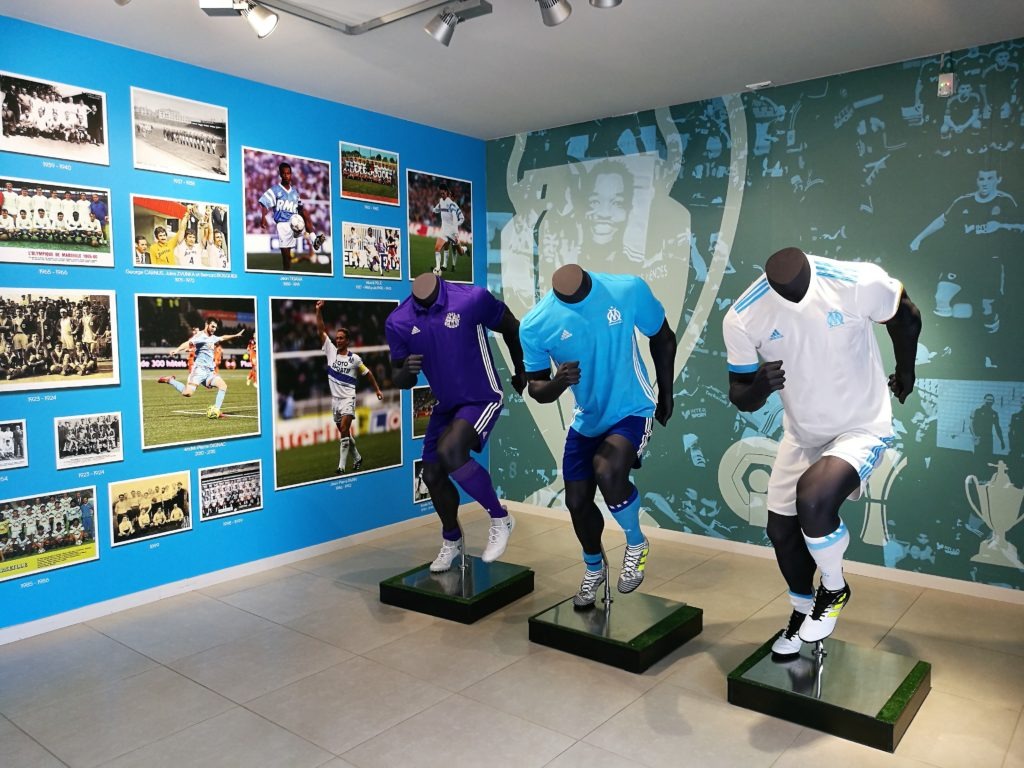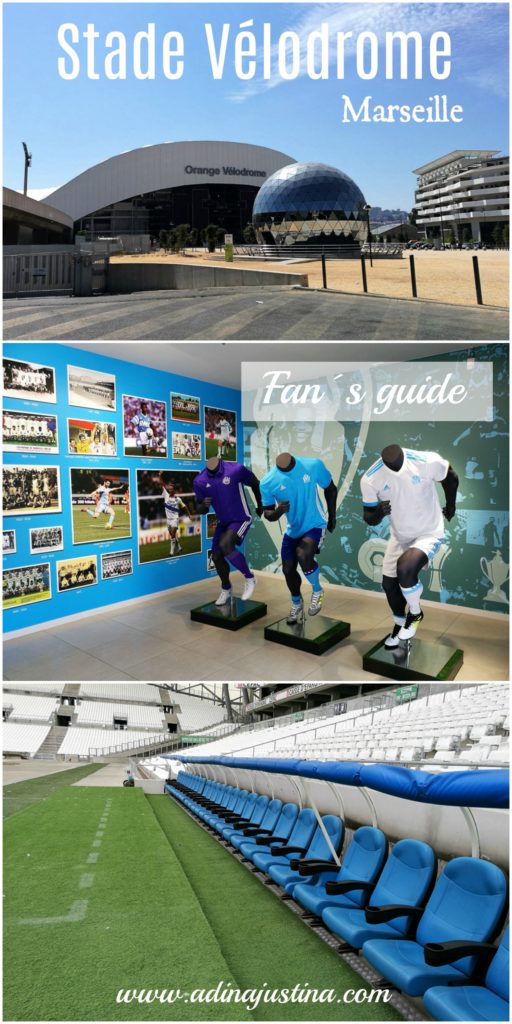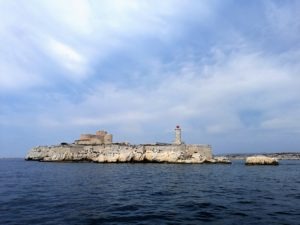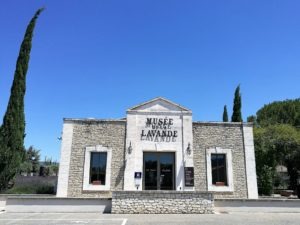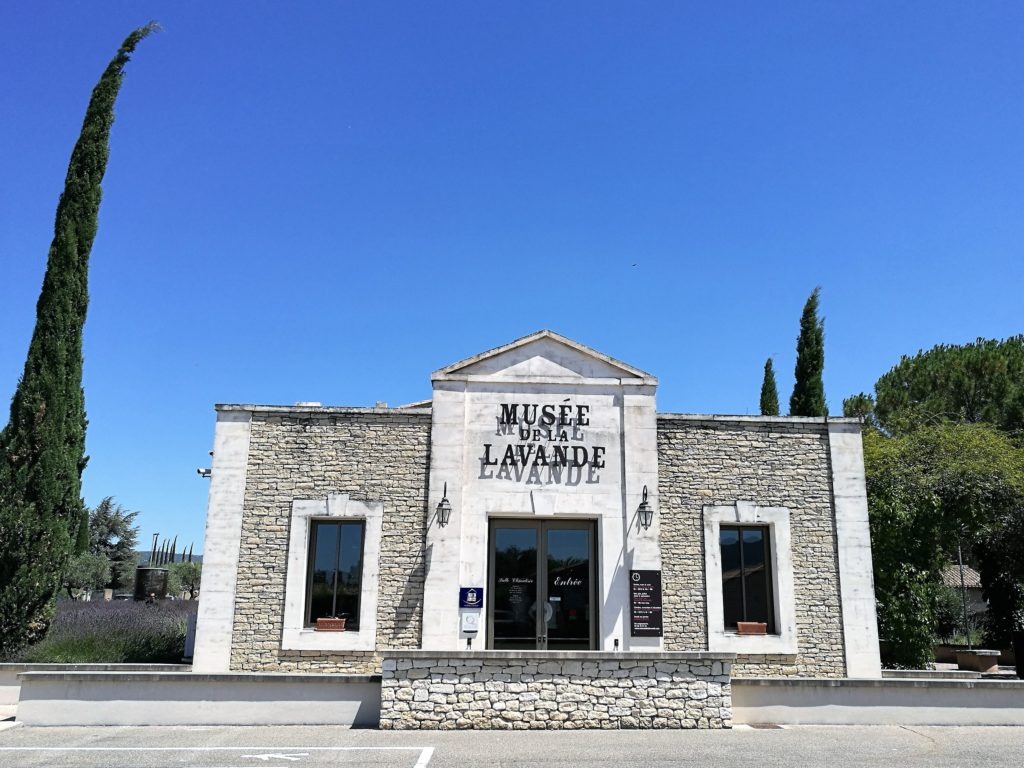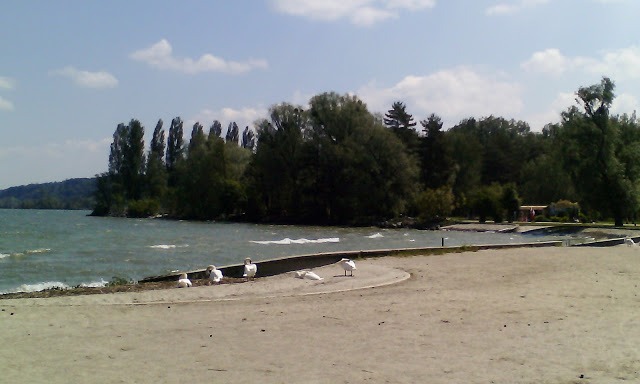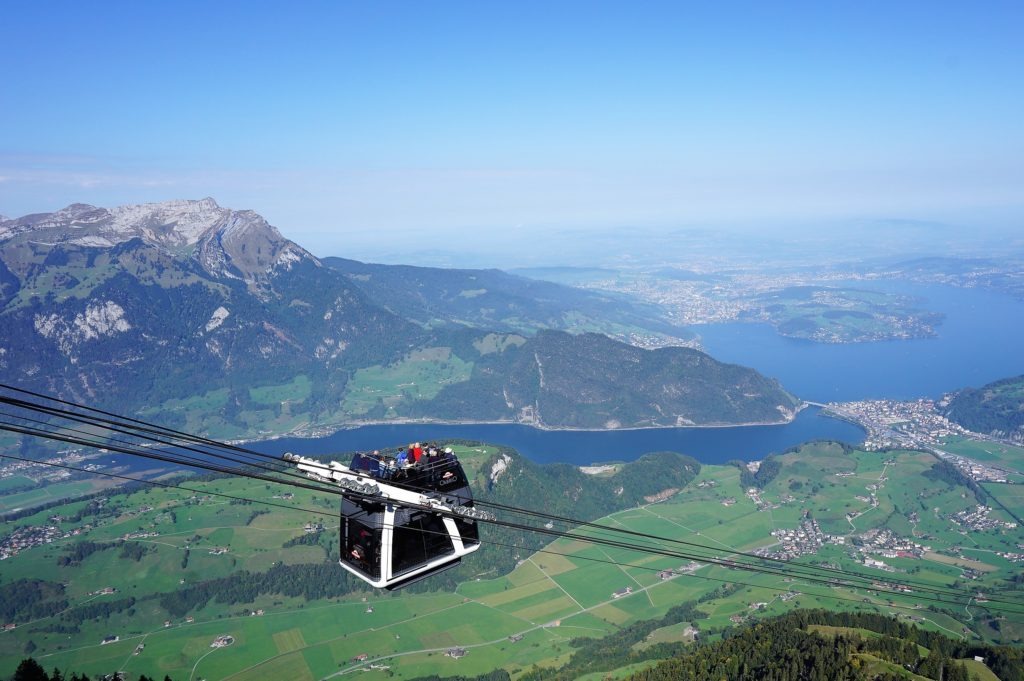At first, little defense: no, we are not really as big football freaks to choose a holiday according to the location of famous football stadiums! Seriously, I mean it. However, the advantage of private accommodation is that you can chat with “lodging provider” and learn interesting information. And when our landlord Jean-Paul, spotted our older son in Argentine jersey, which reminds of the Olympique de Marseille with its colors, we immediately got a detailed description of how to get to the stadium. And since after our trip to Château d’If the weather didn´t look like we could spend the afternoon on the beach, “there was nothing left to do” until we stopped at the stadium.
Getting there
13008 Marseille, Francie
Our original intention was just to snoop the stadium from outside or look at the fan shop, but to our surprise, we found that they provide guided tours here every half hour.
Admission
For adults, the ticket price is 13 Euros, the reduced admission is 8 Euro, children up to 6 years have free admission. We paid 35 euro for family tickets. Tickets are bought directly at the stadium (you have to climb the stairs). The tour is not suitable for strollers.
History
The story of the stadium began in 1926 when the City of Marseille wanted to build a municipal stadium. The dream became a reality when France was selected to host the 1938 World Cup. In 1935, the construction of the stadium began on the site of former automobile factories. The multi purpose stadium for 35,000 spectators was completed in 1937. The pitch was surrounded by an athletic track and a bicycle velodrome (from here its name).
It took quite a while for the stadium to make major renovations. In 1971 the velodrome was reduced and the running track was removed, increasing the capacity of the stadium. In 1985, the cycle track was completely removed. Prior to the 1998 World Cup, the stadium underwent another major reconstruction. However, it was not welcomed by the public, because even though the capacity of the stadium increased to 60,000 spectators, the stadium was not roofed.
The stadium today
After three years of reconstruction (2011-204), the stadium, which acquired a new roof and with a capacity of 67,394 spectators, is the second largest in France (after Stade de France in Paris). The stadium now meets UEFA standards for holding “big” football matches and ranks among the so-called “UEFA Elite Stadium”. Outside the stadium, there is a whole new complex of buildings being built, including a shopping center, a modern medical clinic, and a residential area.
Besides the Olympique de Marseille football team, the stadium is being used by the French Rugby Union. Important sporting events that have taken place in recent years include the 1998 FIFA WorldCup, the 2007 Rugby World Cup, and the UEFA Euro 2016.
The tour
The tour takes less than an hour and you get to the “behind the stage” of the stadium – you´ll pass through the players´locker rooms, visit the panoramic lounge, private boxes, and the press room.
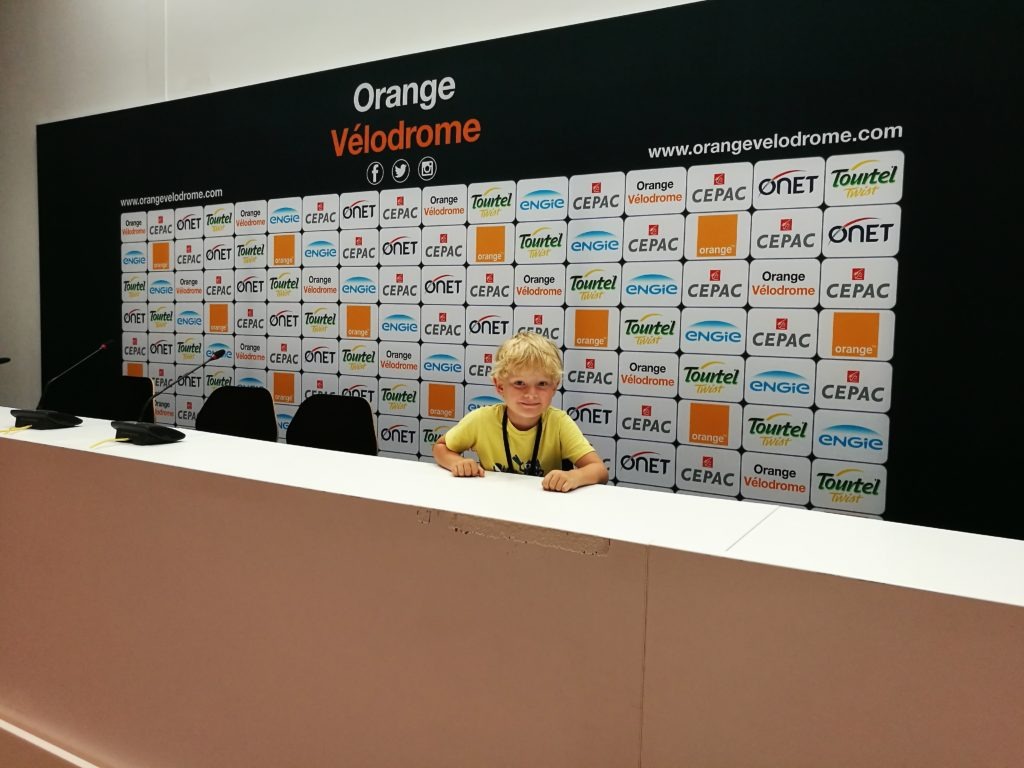
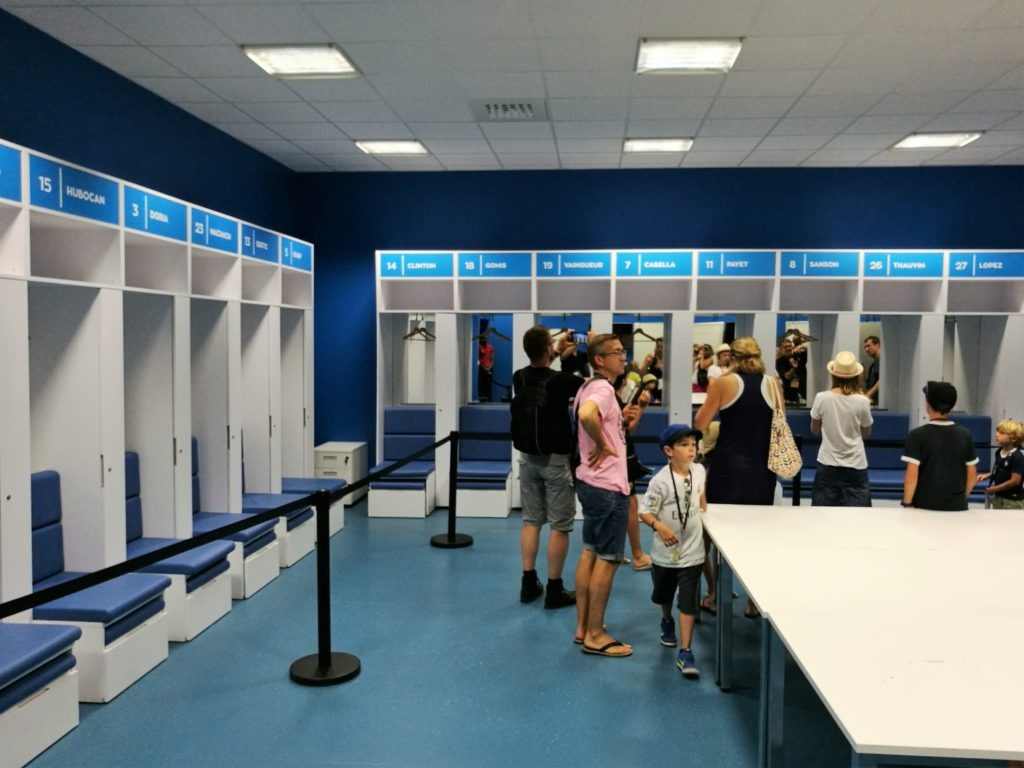
During the guided tour you will learn everything about the history of the stadium, but unfortunately only in French. You can learn about the history and achievements of the Olympique de Marseille football club from large-scale photos and information panels that are fortunatelly also in English.
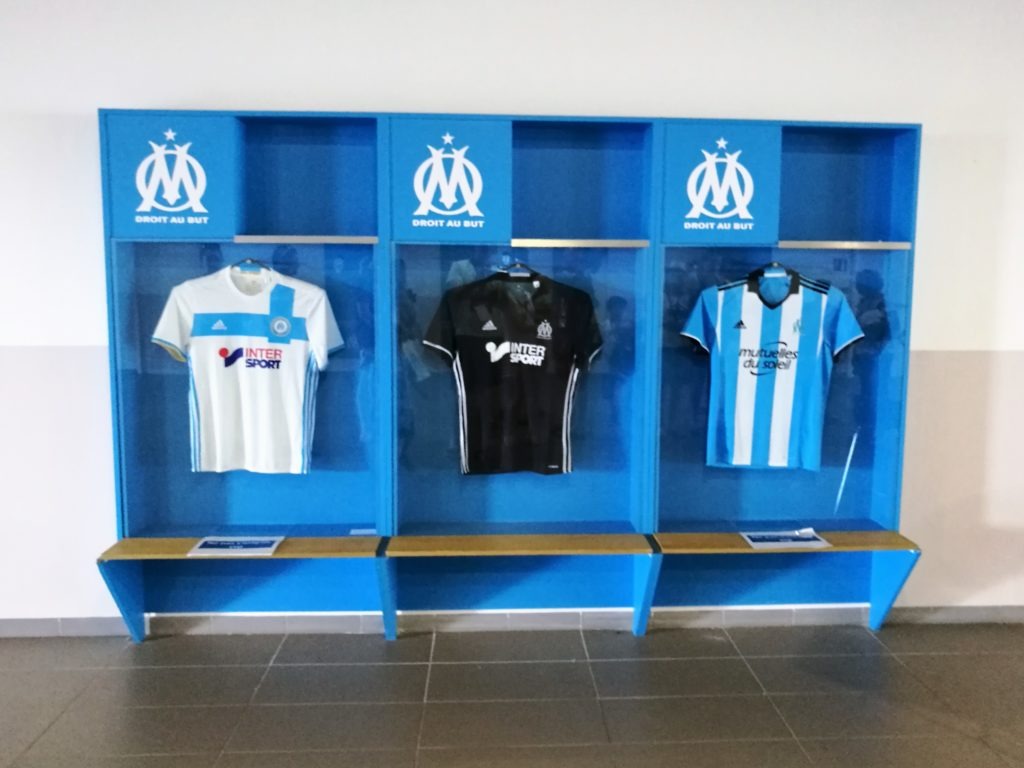
Through the axial tunnel, you´ll enter the stadium to the playing area. I don´t put a word “lawn” here because it may happen – as it happened to us – that during your visit the area will be prepared for another event (for example a concert).
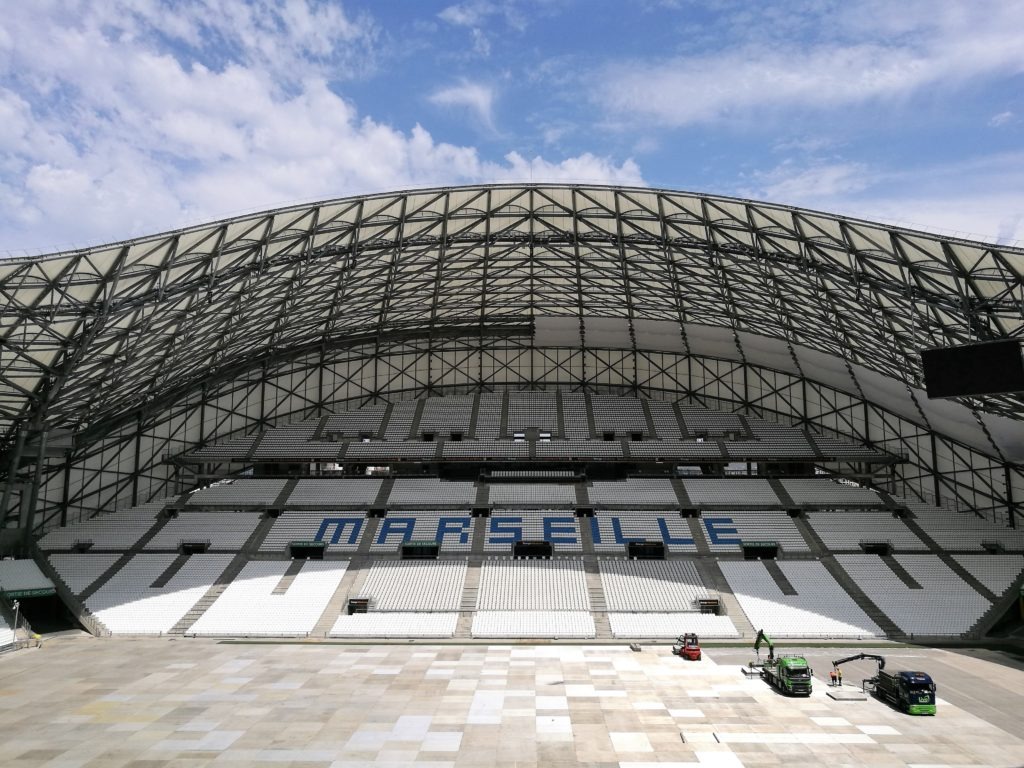
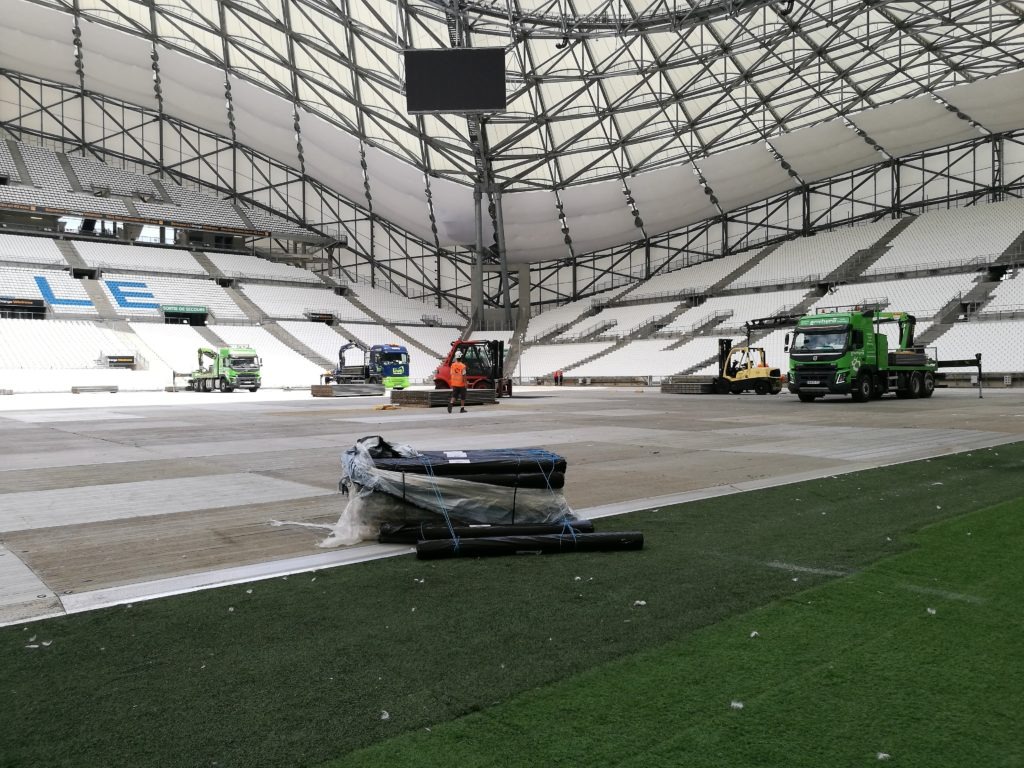
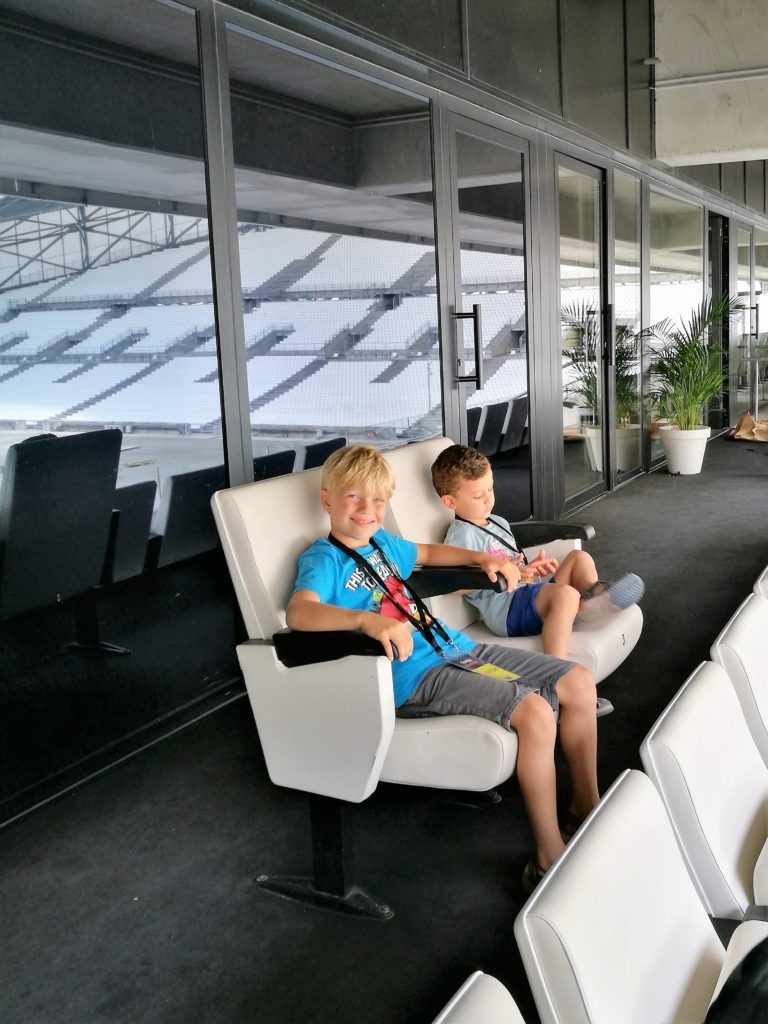
Fan Shop
The souvenir shop to the right of the stairs is already out of the guided tour, but I also recommend stopping here.
My impressions
As for football fans, the visit to the stadium was a great experience for us. However, since the presentation was only in French and I don´t speak fluently French, it´s possible we´d missed some interesting information. Some facts from the history of the club and the stadium we learned from the panels where fortunately the information was also in English. But what surprised us most, that the young sympathetic guide didn´t speak English at all. Which is quite striking nowadays, in addition in a touristically busy place like Marseille. But that didn´t spoil our experience and when you are in Marseille and you are a football fan, I recommend visiting the stadium.




